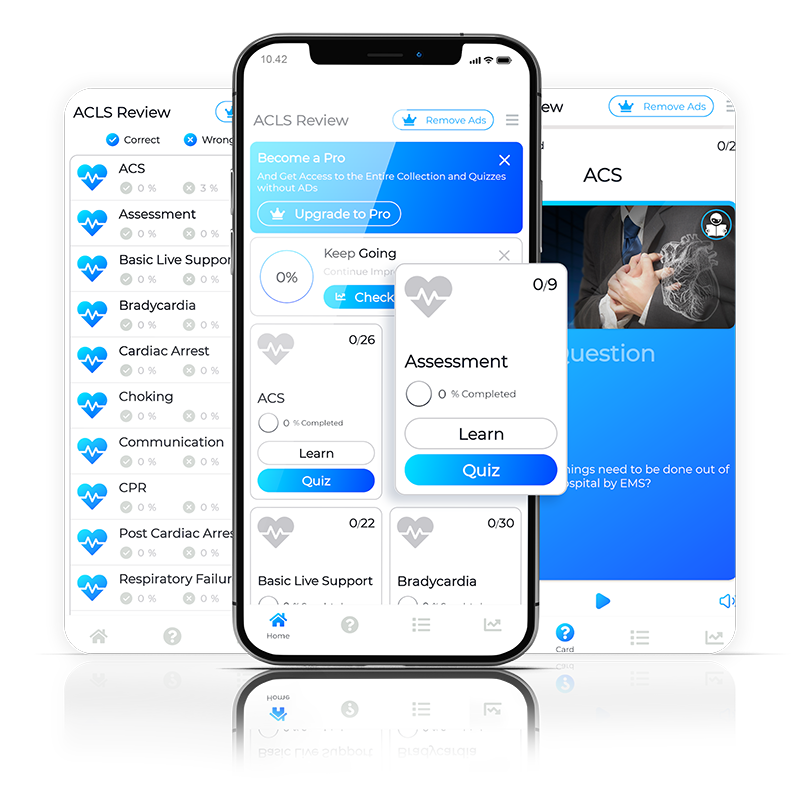ACLS, or Advanced Cardiovascular Life Support, is a set of clinical interventions for the urgent treatment of cardiac arrest, stroke, and other life-threatening medical emergencies. The ACLS protocols are designed to equip healthcare providers with the knowledge and skills necessary to respond effectively in critical situations. This subchapter will delve into the specific algorithms that guide practitioners through various emergency scenarios, ensuring timely and appropriate care for patients in distress.
One of the key components of ACLS is the systematic approach to cardiac arrest management. The algorithm begins with high-quality cardiopulmonary resuscitation (CPR), emphasizing the importance of chest compressions at a rate of 100 to 120 compressions per minute. It is essential for healthcare providers to understand the rhythm recognition aspect of ACLS, as different cardiac rhythms dictate distinct treatment pathways. The algorithms for managing ventricular fibrillation (VF) and pulseless ventricular tachycardia (VT) require immediate defibrillation, while asystole and pulseless electrical activity (PEA) necessitate different interventions, including the administration of epinephrine.
In addition to cardiac arrest algorithms, ACLS also addresses the management of acute coronary syndrome (ACS). The initial steps include the rapid assessment of symptoms, obtaining a click here 12-lead ECG, and initiating early reperfusion therapy if indicated. The algorithm highlights the importance of timely administration of medications such as aspirin, nitroglycerin, and morphine, along with the consideration of advanced interventions like percutaneous coronary intervention (PCI). Understanding the nuances of these algorithms is crucial for doctors to optimize patient outcomes and minimize the risk of complications.
Another critical aspect of ACLS is the management of stroke, where the "FAST" (Face, Arms, Speech, Time) assessment is essential for identifying signs of a stroke quickly. The subsequent algorithm guides clinicians through the evaluation process, including the need for imaging studies to determine the type of stroke, whether ischemic or hemorrhagic. The decision-making process regarding thrombolytic therapy is time-sensitive, and understanding the inclusion and exclusion criteria outlined in the ACLS algorithm is vital for effective treatment.
Lastly, ongoing education and training in ACLS protocols are imperative for healthcare providers. Regular simulation-based practice helps reinforce the algorithms and improves the confidence and competence of medical professionals in high-stress situations. Staying updated with the latest guidelines and evidence-based practices ensures that doctors are well-prepared to apply these life-saving interventions effectively. As the landscape of emergency medicine continues to evolve, a thorough understanding of ACLS algorithms remains a cornerstone of advanced medical practice.
